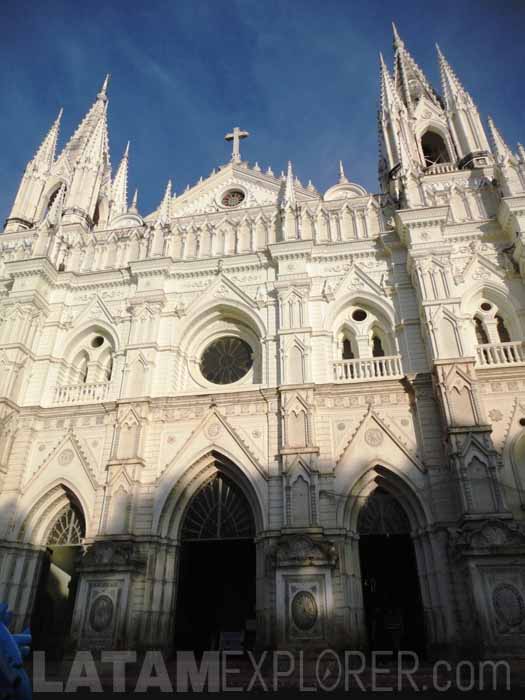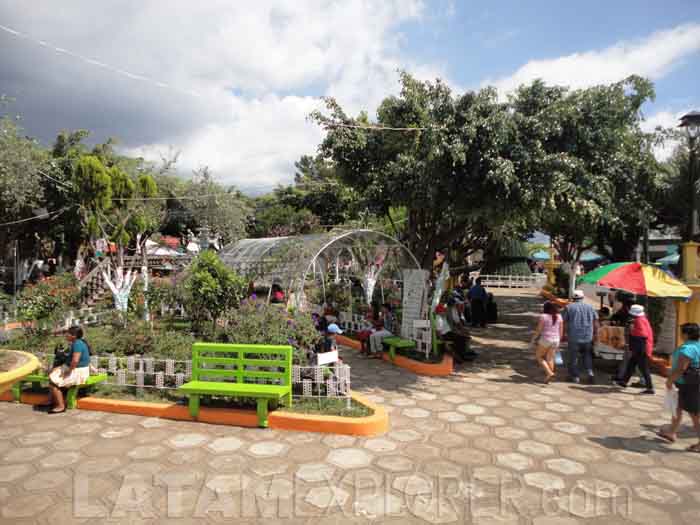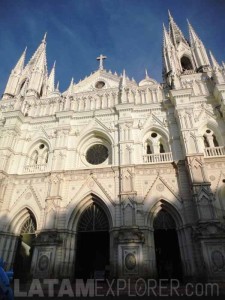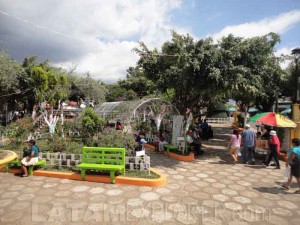Home > Destinations > Central America > Santa Ana
Santa Ana and surrounding areas, El Salvador
El Salvador is the smallest and most densely populated country in continental Central America, concentrating almost 7 million inhabitants in an area of 21,000km² (8,000 sq mi). Despite being small, this country is being rediscovered by tourism after a few hectic decades in the political arena. For those willing to go beyond the most conventional itineraries that cover either Guatemala, to the north, or Nicaragua and Costa Rica, to the south, El Salvador will be waiting with pretty beaches, colonial towns and parks.
Main gateway to the country, San Salvador is well connected to the rest of the Americas through its international airport. The country is also easily reached through the land borders with Guatemala and Honduras, and is in the itinerary of several international bus lines that connect it to the other Central American countries and Mexico. The capital, San Salvador, doesn’t usually attract many leisure travelers, being normally used only as a transportation hub. More interesting, Suchitoto, 50km (30mi) north, is a small colonial city with an active cultural scene that can be visited on a day-trip from the capital.
Alternatively, heading 65km (40mi) west, Santa Ana can be used as a base to explore the western end of the country. Santa Ana is El Salvador’s second largest city, home to 250,000 people, and a more pleasant place to be in comparison to the capital. Architecturally, a few building worth visiting are the Cathedral, built in neo-gothic style, the Municipal Palace and the Santa Ana Theater, a colonial masterpiece.

Lying 15km (9mi) away from the city’s downtown, Tazumal is one of the most important archeological sites of the country and, although not as significant when compared to sites found in Honduras, Guatemala or Mexico, it still deserves a visit in order to learn a bit more about the Maya civilization. Those looking for something on the active side may wish to head to one of the two volcanoes nearby. Both Santa Ana and Izalco volcanoes can be reached following trails that leave Cerro Verde, 40km (25mi) away from Santa Ana, circling the nice Lake Coatepeque – guides are recommended, particularly when aiming at Izalco.
Still in the surroundings of Santa Ana, the Flowers Route is one of the main touristic destinations in El Salvador. This is path through a mountainous region to the south of Santa Ana, with rivers, lakes and falls found along the way. The main towns on this route are near each other and they can be easily toured in public transportation. Some 35km (22mi) from Santa Ana, 1,040m (3,410ft) above sea level, Juayúa celebrates a famous gastronomic festival every weekend. Just 11km (7mi) ahead, at an altitude of 1,480m (4,855ft), Apaneca is known for its skilled artisans. Following another 8km (5mi) on the same route, Concepción de Ataco is a pleasant village offering a relatively ample touristic infra-structure.

Those in the mood to go deeper in knowing this country will find that El Salvador still has plenty to offer. An excellent option to continue exploring the area is to head south from Ataco to El Imposible National Park. If the objective, instead, is to keep exploring the rest of the continent, Guatemala City is 175km (108mi) away from Santa Ana, while Copán Ruinas, in Honduras, is 170km (105mi) away, and the border with Nicaragua (crossing part of Honduras) lies at a distance of 390km (240mi).


